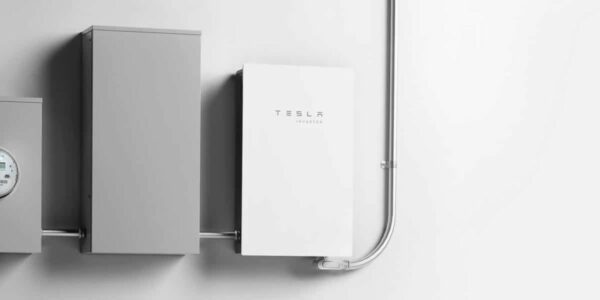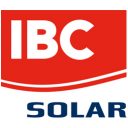Tesla brings a solar photovoltaic inverter on the market.

The Californian-based electric car manufacturer finally put its expertise in power electronics to good use in the photovoltaic industry and brought its own solar inverter on the market.
Tesla is becoming a market leader by offering a complete ecosystem of renewable energy components. In the past years, a lot of inverter manufacturers added car charges to their portfolio, but the inverter was always their main focus. Tesla did the reverse, and started off by offering batteries and car charges, then solar systems and now finally solar inverter.
The Tesla solar inverter is available in two versions a 3.8 and a 7.6 kW version. The 3.8 kW version has two MPPTs (maximum power point trackers), and the 7.6 kW version has four MPPTs. Most other inverters smaller than 10 kW only has two MPPTs. Tesla says its inverter has an efficiency of 97.5%. it is not stated whether this is the weighted efficiency of the California Energy Commission (CEC) or the maximum efficiency.
As required in the USA the inverter has an integrated quick shutdown function and offers protection against arcing and earth faults. Tesla also says that the product was designed to seamlessly integrate with the Tesla power wall battery and the Tesla app. That the Tesla app enables monitoring of power generation and consumption.
Tesla has published selected data from its inverter on its website, but not a complete datasheet. It is therefore not entirely clear what the app will be able to do in terms of system integration and optimization.
As a rule of thumb, the more devices come from a single manufacturer, the easier it is for the software to coordinate them and improve system efficiency - a trend that was already observed last year.
The company could also use its experience and production capacities from the manufacture of electric cars to achieve price and quality advantages.
Drive trains in electric vehicles require DC / DC and DC / AC conversion stages, as batteries generate direct current and motors can more efficiently be operated with alternating current. It remains to be seen whether this know-how can be transferred to photovoltaic products for domestic use and whether it would improve functionality, efficiency or robustness. The 12.5-year warranty offered when the Tesla inverter was announced would suggest the latter.
26.01.2021 /

